COROS has announced (yet again) a pretty significant update today, this time rolling out an online training log and analysis platform for both individual athletes and coaches. While we saw hints of some form of online site back when they rolled out EvoLab which had a very simple list of your workouts, this announcement today essentially takes most of their smartphone app functionality, and puts it online to web browser formatting.
Now like most COROS announcements, there’s a beta period. And there are basically two different betas here. Starting today they’ll accept 2,000 athletes into the web platform beta (using this link here), and then additionally they’ll accept 20 coaches into the beta (using this link here). Both betas will run until December 31st, when COROS will launch this into production.
I’ve been poking at the site for a short bit now, both as an athlete as well as a coach, to give my first impressions. With that, let’s dive into it!
Getting the Data In:
Now, if you’re a long-term COROS user with historical data, you can skip this section and get right into using it. However, if you don’t have a lot of COROS data, or if you’re a coach, then this section is worthwhile reading.
Given this is pitched as a coaching and longer-term training platform, a key requirement is for any athlete (coached or otherwise) to be able to get their old data into the platform. Typically speaking, if we look at platforms like TrainingPeaks, Today’s Plan, etc… they’ve all got importer tools that can quickly go out and get years of data from other platforms, and enumerate it on their own platform. In the case of COROS, the answer is kinda messy. It’s not entirely COROS’s fault, but their tools could use some very minor tweaks to handle everyone else’s data more easily.
You can import in individual files, or a zip file of workouts. In my case, I’ve got roughly 1-2 workouts per week on COROS devices, but I’ve also got plenty of workouts not on COROS devices (e.g. Zwift, TrainerRoad, bike computer stuff, etc…). So for those, I went to Garmin Connect, and exported out the last 90 days’ worth of workouts – some 74 items in total. In the case of moving from Garmin, you can download this individually (moderately tedious), or you can submit a data export request – which took an hour or so to show up. As always, I went the tedious route, and manually downloaded them.
So here’s my 74 Garmin Connect workouts from the last 90 days….which, were individually zipped up from Garmin’s site. So I ran a quick PowerShell Script to unzip them individually, since the COROS uploader can’t handle Zips in a Zip. Just files in a Zip.
Meanwhile, if you look at apps like TrainingPeaks for example, you can go into the settings very easily, set the date range you want, and then boom – a giant GZIP file of workouts a few seconds later. And in that case, that GZip file is inclusive of further zipped workout files, which the COROS uploader will fail on. I didn’t really want to go down the rabbit hole of making this work or troubleshooting this, so I stuck with my cleaned-up Garmin export.
Back over to the COROS site, click on Workout list, then Import Data, and then upload your file. The upload process maybe took 3 seconds, and then the initial processing took 2-3 minutes. However, as I’d realize a bit later, the actual processing of the data will take a while before much of the analysis metrics (e.g. EvoLab) show up. Perhaps 30 minutes or so.
From there, I’ve got my list of data. Unfortunately, I don’t really know what (if any) files failed or not on the upload. The screen just disappears and brings you here. I’ve found over the years of doing data imports that usually something fails due to an unhandled workout or such. But it’s not realistic to count every single workout here (especially if talking years of data), so an import summary page would be handy.
In any event, with all that done, let’s dive into it.
The Athlete Platform:
So with your data all set (either due to longer-term history on COROS devices or via importing), you’ve got the dashboard view seen above. This is full of metrics that you can dive into further, and for the most part everything you’d expect to see is here. You can customize this on the left-side, adding or removing panels as you see fit.
Now, while many of the dashboard data sets you can hover over and get slightly more information/context/explainers, you can’t actually click into most of them to pull up deeper data reports/pages. For example, yes, you can click on a recent workout to get those stat pages, but you can’t click on the Training Load chart to bring you to the EvoLab metrics. The same is true of most other data panels here on the main dashboard panel.
Instead, to get to EvoLab (and more clickability), you’ll tap the upper ‘EvoLab’ button, which shows you the COROS EvoLab stats. EvoLab is COROS’s training load platform, which came out this past spring. Nothing appears to have changed here in terms of functionality, but it is a fair bit easier to consume it all in this larger form factor. EvoLab still has the usual limitations on which activity types contribute to training load or prediction estimates (e.g. it’s better for flat runs than hilly workouts).
Now, unlike the main dashboard page, all of these panels are actually expandable and pokable. So if you tap the little expandomatic icon in the upper right corner of each one, you can then mix and match data overlays as you see fit. Essentially this allows you to take data from any chart and place it on any chart. Whereas in the main EvoLab view, each chart is more singular in purpose.
You can scroll down within EvoLab and get another slate of charts. And again, you can customize which chart to show or not, though, within a given chart, it didn’t seem to keep my ‘tweaks’ (after I expanded a given chart).
Next, there’s the ‘Workout List’ tab. As the intelligent internet browser you are, you’ve probably surmised this is where your list of workouts is. You can also filter this by sport type, date, and keywords. And as I demonstrated earlier, by tapping the ‘Import Data’ button, you can import in .FIT files from any device.
You can tap on a workout and get a view of that workout, including dynamic splits/laps if you want (meaning, if you didn’t take laps during the activity, you can have it overlay 1KM/5KM/etc laps atop it).
You can customize the columns shown as well, by tapping the thingy (seriously, I don’t know what those two marks are supposed to be to the right of the headers in the lap field – but tap them and you get settings data for the laps).
While this is a good start, there are some pretty notable gaps here. For example, if I zoomed in on this climb (which you can do), it doesn’t show you any of the average data for that zoomed section. As an athlete or coach, you’re constantly going to use the zoom tool to make up for the lack of proper lap button pressing, or just to inspect various sections. At present, it doesn’t show that data when zoomed. COROS says that’s coming though down the road.
Lastly, on the individual tabs, there’s the calendar view. This allows you to see not just historical data, but forward-looking data and how it impacts your training load. For example, by placing workouts on my calendar, I can see what the expected impact of those particular workouts will be. Coaches, as we’ll get to a second, can also place a workout on my calendar too.
You can create training plans here, in essentially the same fashion as before from the app, though, there doesn’t appear to be any stock training plans (e.g. marathon training plan, etc…). Nonetheless, if you’re making your own workouts, within the workout creator, you have the ability to do it here, versus the app – which may be easier for some coaches doing lots of different workouts.
Finally note that COROS says the existing TrainingPeaks sync they’ve rolled out will enumerate those workouts/plans here as well, so if you have that, you’ll see that all here.
The Coaching/Teams Platform:
So, let’s talk about the coaching platform, which is also a teams platform (as the name of the site implies). At present, it’s both super basic and kinda deep. Which might be confusing, but will make sense in a second.
See, essentially coaches have full access to see everything. So they can see all your data just as if they are you. As a result, the experience for them is identical to your experience. So in that sense, it’s not some distilled version of your stats, but is fairly good. But the downside is that greater team/coached athlete management is pretty basic. And adding to that, unless a coach has all their athletes on COROS devices, this is all pretty much useless for them.
So first up is creating a team. I say ‘team’, because that’s how it works. There isn’t so much a coach vs athlete relationship here as there is a team member relationship. And as you’ll see in a bit, that’s a bit wonky at times. You’ll tap settings, then choose ‘Create Team’, then give it a name.
After that, you’ll assign a picture if you want, add some location data, and then give it a team intro. You’ll see down below the team link. That’s simply the link you’d e-mail to prospective team members. There isn’t any sort of invite functionality as of yet, but for now that’s probably perfectly fine. You can reset this code too, or view a QR code variant of it. Down below that you’ll see the team members.
You’ll see down below with the team member names I can set someone as a coach if I want too, which then gives them the ability to assign workouts to other users:
Once I tap my team on the left side, I can see summary data for each member, and sort by aspects like fatigue or plan completion.
Now to see the details of a given member’s workouts, you can simply expand out the team and then select their name. So in this case, I clicked on Des (who, I ceremoniously renamed to ‘The Des’), and now I see all of the exact same dashboard pages as before, but just for him. I won’t re-hash all those pages, they’re identical.
Now the privacy options are pretty limited here, it’s kinda an all or nothing approach. By default, when an athlete joins a team, *ALL* workouts are visible to all members. So basically, everyone’s stuff is fully visible to everyone else (coach or otherwise). However, a user can then choose in their profile settings to limit visibility of workouts to just coaches, which means other users can’t see them.
That’s good, but I’d like to also see the ability to set a given workout as public. This would allow sharing of that workout with either other team members or someone outside of the platform. Most platforms allow this sort of privacy control, though I understand how in the grand scheme of things, at launch this isn’t in there.
Now when it comes to assigning workouts, it’s identical to your own workouts. You can go into the calendar panel and pull from either individual workouts or training plans. So you can see here I’ve got my saved set of workouts that I’ve made (not ones Des has made), and I can drag these onto his calendar.
There doesn’t appear to be any way to assign a workout to multiple members though, you’ll have to do it individually. Similarly, from a coached standpoint, I can’t see any of his zone settings, or set his zones. Both of which would be a pretty common thing for coaches to do. As an individual athlete I have that within my settings for myself, but not for other people.
Coaches can provide comments back on athletes’ workouts, though at present it doesn’t actually send a message to the user (or at least, didn’t to Des and me). They have to know to look at the workout page for that workout to see the message:
Of course, this is all just barely scratching the surface of coaching workflows. In general, most training platforms will tell you that coaches tend to be hyper-particular about their specific needs and requirements, which is why many of them rarely shift platforms once on a given platform. The lift is so tremendous, even for the most capable of platforms out there.
Wrap-Up:
In some ways, you have to divide up this announcement into two pieces. The first being the individual site for accessing your own training details. For a first go of things, it’s pretty good. Most of the major sports-focused companies have this today, including Garmin, Polar, and sorta-Suunto (officially it’s just the app, but unofficially you can still use their web platform). Even Wahoo has fairly openly hinted via job postings at expanding out their online training platform aspects. So it makes sense for COROS to spend time on this, to at least have a baseline level of functionality. Sure, this platform doesn’t cover all the 24×7 daily metrics as deep as any of their competitors, but it’s an impressive first start.
The more curious one for me is the coaching platform side. This is one of those things that is tricky. In some ways, you have to look at who the target market for this is. It’s clearly not to replace a TrainingPeaks or Today’s Plan or such. That’s a non-starter. Like, it’s not even to the category of calling it a non-starter. There are no other devices supported, no tie-ins with 3rd party systems, etc…
Instead, I suspect it’s sorta the same vein as what we see Polar and Garmin’s coaching platforms for, which is more in the educational/sponsored team realm. In those cases where all the athletes are on provided-for hardware, and the coach wants a simplified dashboard. Think of something like a high school running team, or perhaps a university running team. In that case, COROS could make inroads there – especially with their pricing on units like the PACE 2, and this platform would largely deliver what most of those coaches want.
Still, I keep hoping we’ll see COROS focus a bit more on their smartphone-to-watch app, which can be cumbersome to use in key scenarios like syncing workouts, sending routes, and the limited number of routes you can store on a watch (10). Or that you have to manually send each route from 3rd party platforms. I feel like those changes would have wider appeal than a coached platform. But hey, maybe that’s just me.
With that – thanks for reading!
Found This Post Useful? Support The Site!
At the end of the day, I’m an athlete just like you looking for the most detail possible on a new purchase. These posts generally take a lot of time to put together, so if you're shopping for the COROS Pace 2, COROS APEX Pro or COROS Vertix 2 or any other accessory items, please consider using the affiliate links below! As an Amazon Associate I earn from qualifying purchases. It doesn’t cost you anything extra, but your purchases help support this website a lot.
And of course – you can always sign-up to be a DCR Supporter! That gets you an ad-free DCR, access to the DCR Quarantine Corner video series packed with behind the scenes tidbits...and it also makes you awesome. And being awesome is what it’s all about!

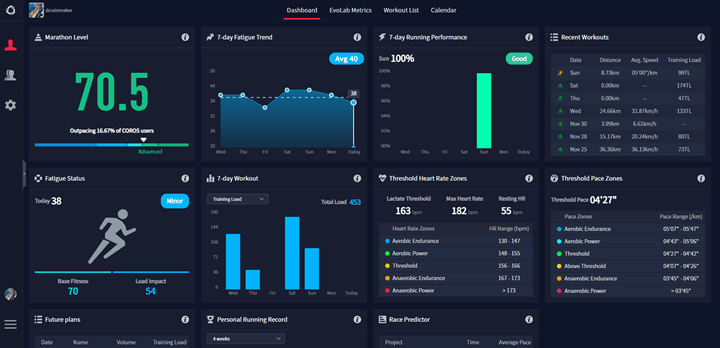
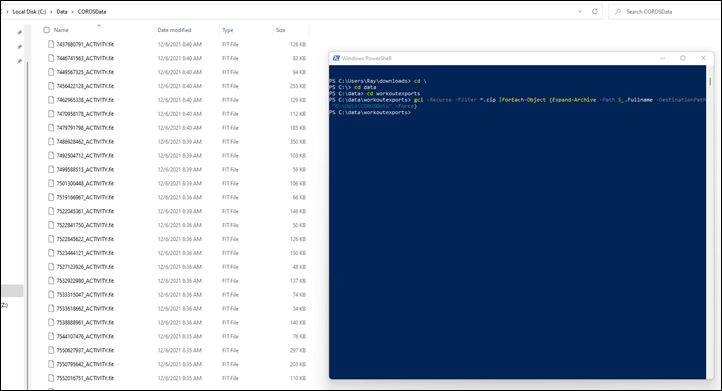
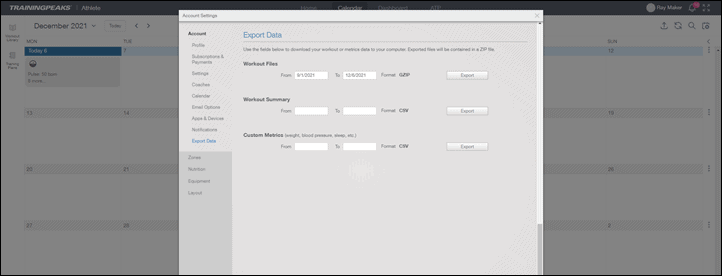
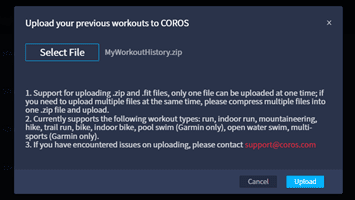
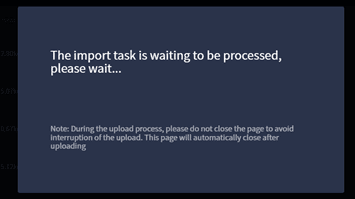
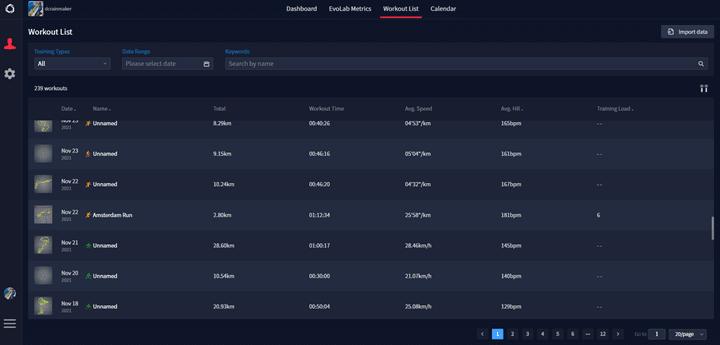
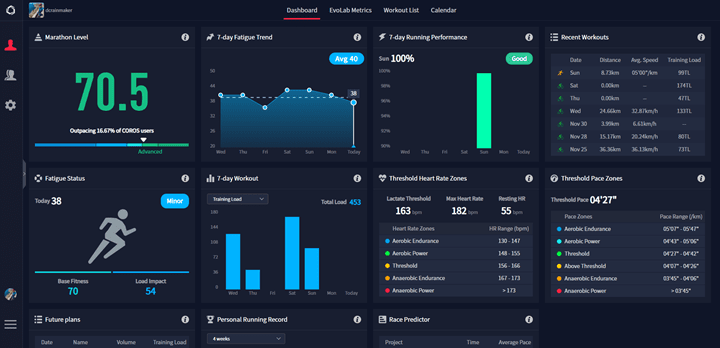
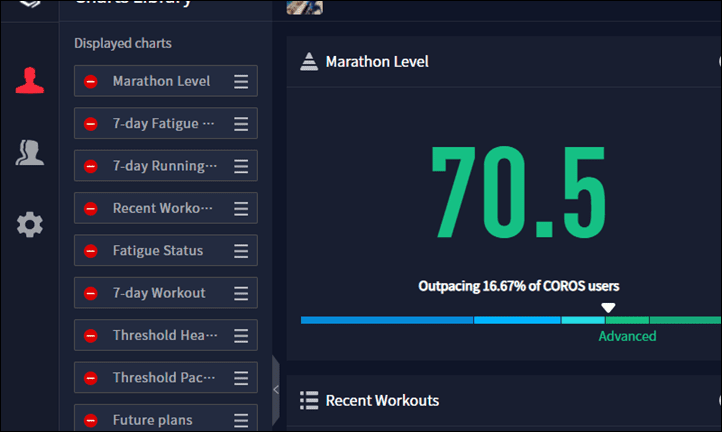
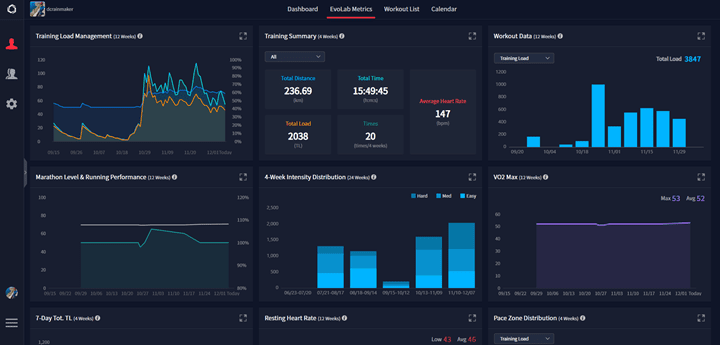
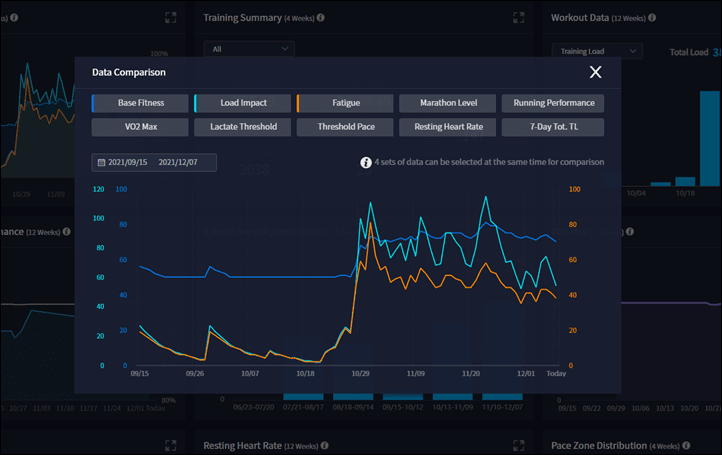

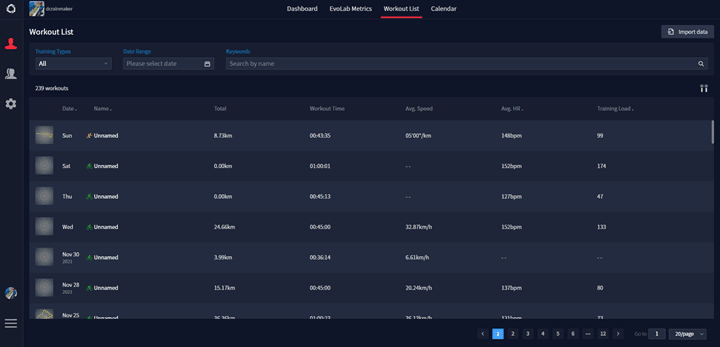
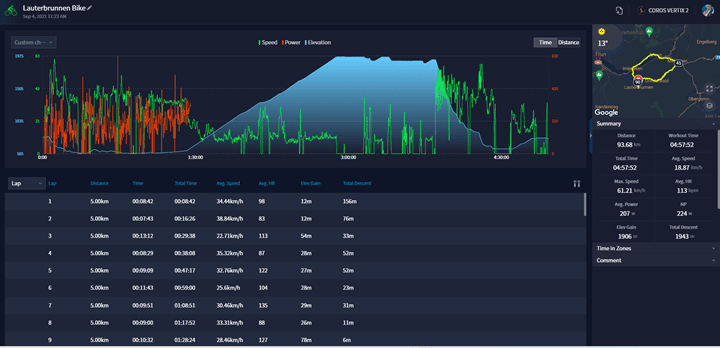
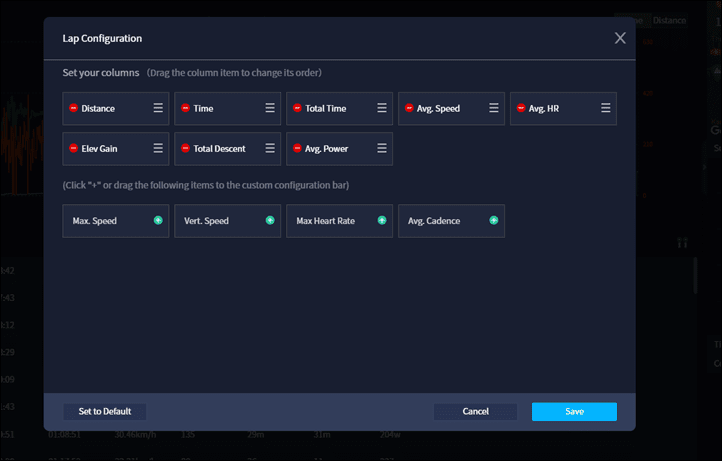


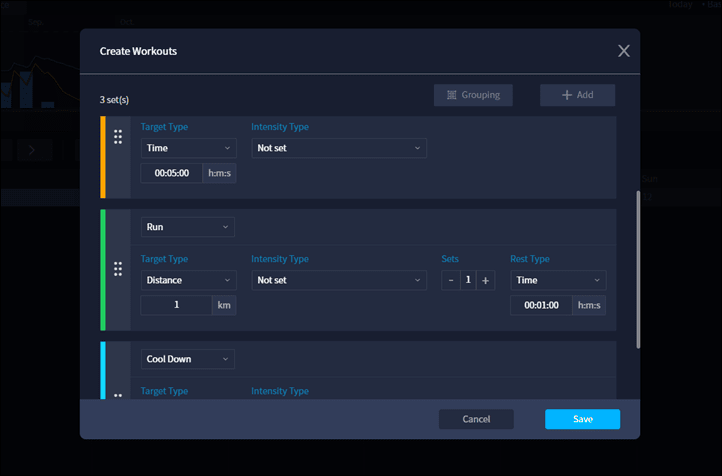
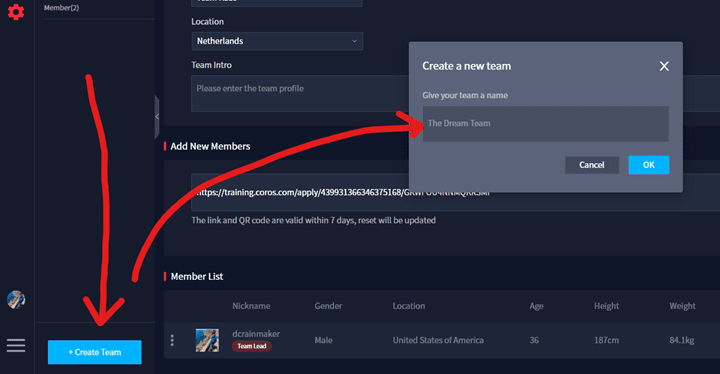

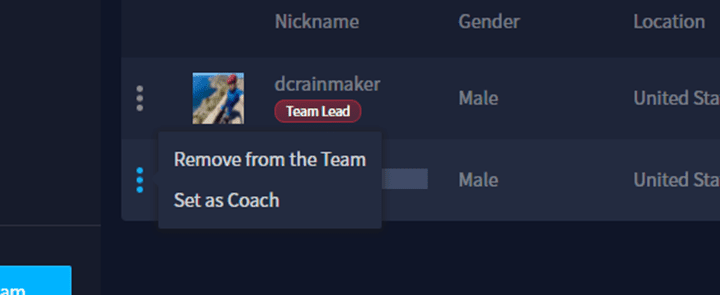
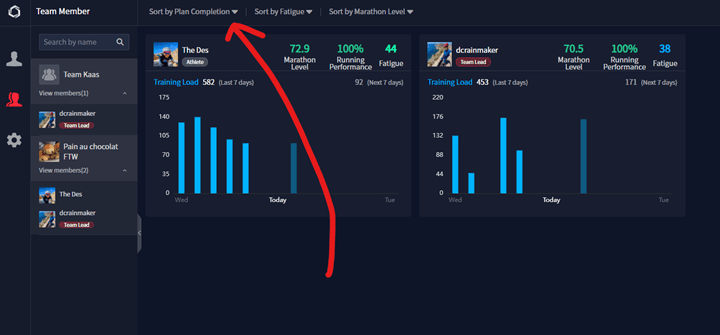
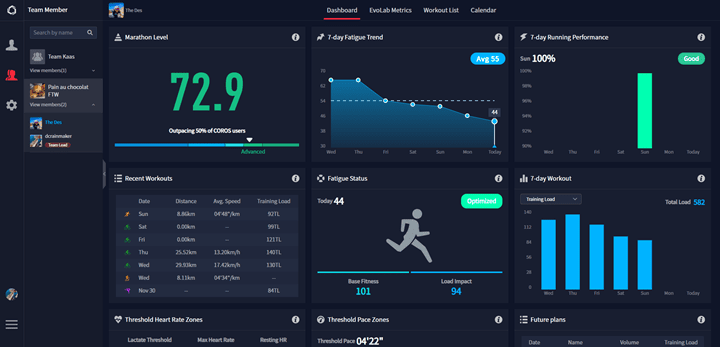
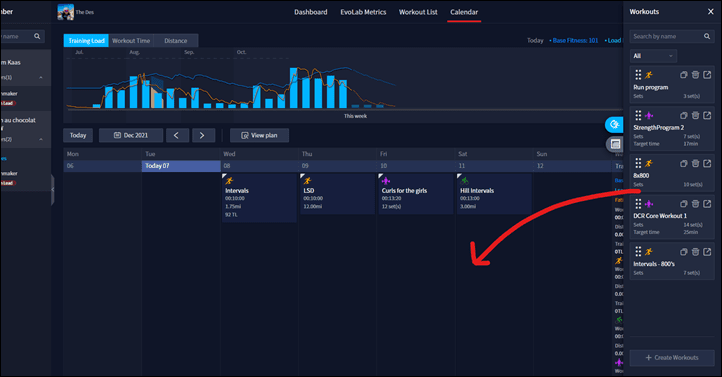
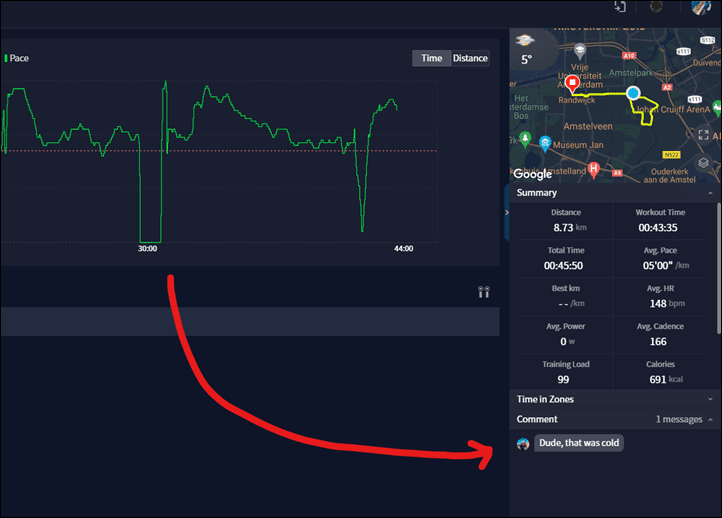

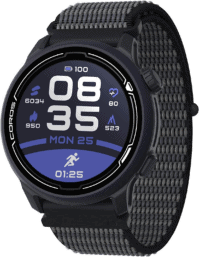

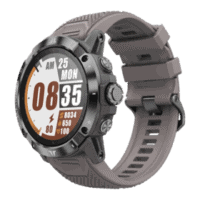





















line 1 has a small duplication error – “announced a (yet again) a pretty”
Any indication if Coros intend to support the cycling side of things any better in the near term? When they added Evo Lab I was hoping to use that, but I don’t run, so no beans on the required flat terrain runnning set-up method. Surely that can be fixed with some steady state type riding instead.
As always, keep up the good work Ray.
Hey Ray!
Have you seen http://www.tapiriik.com? Syncs Strava, Garmin, etc
Most importantly, it syncs with Dropbox. So you get every one of your activities in a native file (.fit or .tcx) on your Dropbox.
Makes it a 1-minute process to collect files for importing into the next training platform you set up…
Thanks as always for the great write up!
They’ve finally delivered one of my major wants to move to Coros (a proper web platform), but sadly right after releasing the Next-Gen Vertix 2 dropping ANT+, which completely cancelled any future consideration on my part until/unless they show that’s a one-off by releasing their next-gen Apex class product WITH ANT+. So one step forward, one step back, as high as I am on their potential, I stopped even trying the Pace2, it simply couldn’t hold it’s own against my OLD Polar watches (m430, v800), or Garmin FR245Music, each having better abilities in one area or another than the other, but both also superior to Coros in every way except “hardware value/features”.
So, Coros, keep the win-streak going, make sure your next Apex-class hardware release KEEPS ANT+, and otherwise is equal/superior to the existing product… and erase the Vertix 2 non-ant+ misstep from the equation. (I’d have already bought the Vertix 2 if that hadn’t happened, but that actually pushed me away from the Coros platform, today is the first day I’ve picked up the Coros 2 off my nightstand literally in months, just to charge and update it (and the app) to get the watch code to sign-up for the beta at least to get a look at the newness.
Why don’t you stick to Polar?😆
I agree with a few of the comments already. Coros seems to miss the mark on some really obvious things. I also hope that dropping Ant+ is a one time misstep. And I don’t need a platform that’s just a coros branded, lesser Strava. The reality is that I do workout in Zwift, Trainer Road, and yes Coros, etc. Coros will always just be one part of that. And if you’re going to look at training load or future performance…if you don’t have everything, you may as well have nothing.
I’m also confused that even with the recent firmware updates, and now this, I still can’t create a treadmill workout. How do you miss that as a bit part of your user base moves into winter?
Starting to regret my purchase. Should have just stuck with Garmin.
If you are a Coros user who hasn’t received word yet, the training hub is out of beta and is available to all users.
Are the metrics from imported activities used by the training hub or evolab?
I bought a Pace2 at beginning of Feb 2022 and imported prior Garmin data from 1/1/2021 onward.
The Calendar and Workout List tabs dutifully display the imported (as well as the Coros) workouts.
The Evo Lab tab only seems to include Coros data i.e. the imported data is ignored.
Bug or intentional?
Are they some hints about a new Coros watch this year? Actually I am using the Pace2, but battery capacity decreases – so I do like to switch to a new watch. Polar Pacer Pro vs. next Coros Model?
I don’t like the Polar app-sync-time; anything else seems ok to me.
Any recommendations at this moment?